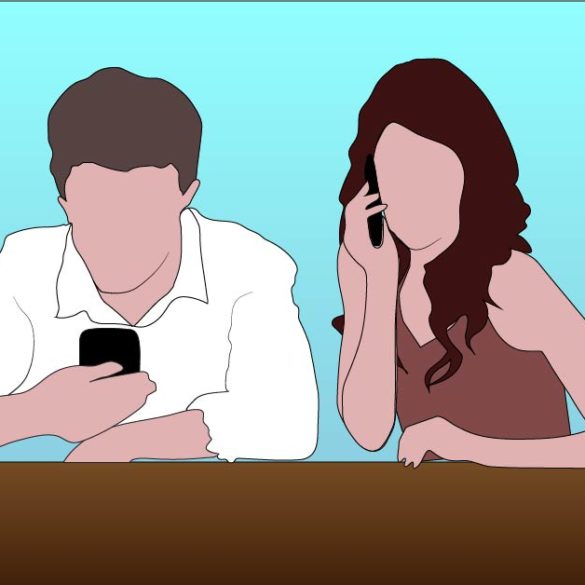Transformations in communication bring widespread possibilities to anyone with access to the internet. At the same time, problems related to these cultural shifts in communication are beginning to arise.
I tapped my Fitbit alarm on my wrist to silence the vibrations, and rolled over to grab my iPhone. Still lying in bed, I unlocked my phone with a scan of my thumb and proceeded to catch up on Slack messages, texts, social media notifications, and emails dispersed among three different accounts. Before I was dressed for the day, and even before my morning coffee, I had communicated with Ball Bearings staff, my boyfriend, and had wished someone I hadn’t seen in years a happy birthday.
With just a few taps of my fingers, within a five minute time span, while still lying in bed.
Our digitized world has radically transformed the way we communicate each day. From how we find jobs, the way we date, and the way we make friends, to how we bank, how we shop, and how we navigate our surroundings. Digital communication is both changing our culture and opening up new possibilities for the future. Our friends, significant others, and colleagues no longer have to be known in person. We can find and communicate with each online, across different apps, and through multiple devices.
A 2015 Pew Research Center report found that 64 percent of Americans have a smartphone, and for many, their phone is their main form of connecting to others online. Ten percent of Americans who own a smartphone, in fact, do not pay for internet outside of their phone’s data plan.
But with this ease of use and widespread availability comes problems. Among them are misinterpreting messages, and losing connection with people we know in real life. This is even a problem for professional media as a lack of media literacy has made sharing real and fake news believed to be factual a common occurrence.
The digital age has changed all aspects of our lives, allowing for an ease of communication that has never existed before. But at the same time, it has created new problems—ones we are beginning to uncover as we rely more and more on our technology.




